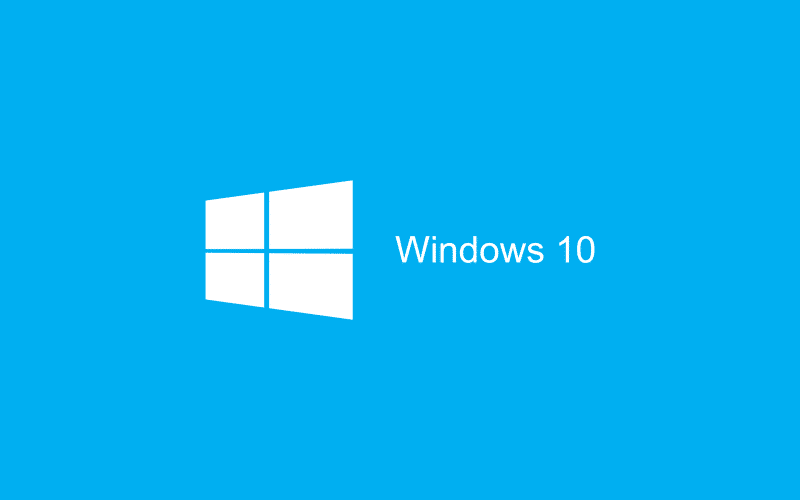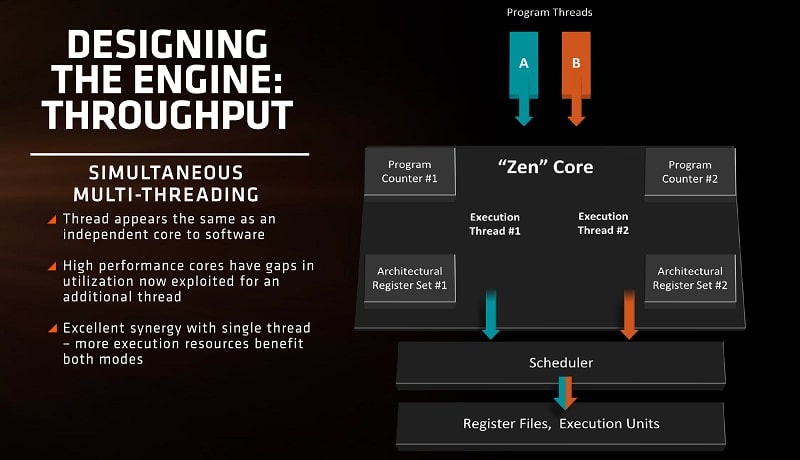Blame Progress For Zen and Kaby Lake Windows 10 Limitation
Samuel Wan / 8 years ago

One of the major stories we brought you earlier in the week was the fact that Microsoft was reducing Windows support for the next generation of CPUs. According to Microsoft, both AMD’s Zen architecture and Intel’s Kaby Lake CPUs would only be supported on Windows 10. This leaves Windows 7 and Windows 8.1 users out in the cold when it comes to the new chips. The latest report suggests that the lack of support is due to the new radical features both CPUs are offering.
For AMD’s Zen, the biggest new feature coming out is SMT or Simultaneous Multi-Threading, AMD’s own version of HyperThreading. This will allow Zen to process multiple threads at the same time on a single CPU core. Just like HyperThreading and AMD’s own Cluster Multi-Threading with Bulldozer, this requires OS level support, something Microsoft to loath to provide for their older operating systems.

On the Intel side, Kaby Lake is introducing a new power called Speed Shift Technology. This allows for much more fine-grained control over frequency states and quicker shifting, something that also requires OS support. This is because it’s the OS which will communicate with the chip for processing loads. AMD’s Zen is also introducing more power control features which may or may not require OS level support.
Based on these changes, it’s no surprise that only the latest OS will support these features. However, even Windows 10 will likely need patches to support these new features. Microsoft is probably too cheap to create more patches and they obviously want everyone to be on Windows 10 as we saw from their upgrade campaign. While there probably isn’t anything stopping Windows 7 running on Zen and Kaby Lake, the newer features, especially SMT, will probably not work. The big question is if Microsoft won’t officially support the older Windows, will any device manufacturers even provide or create drivers for them?



















